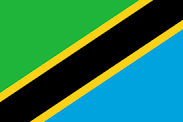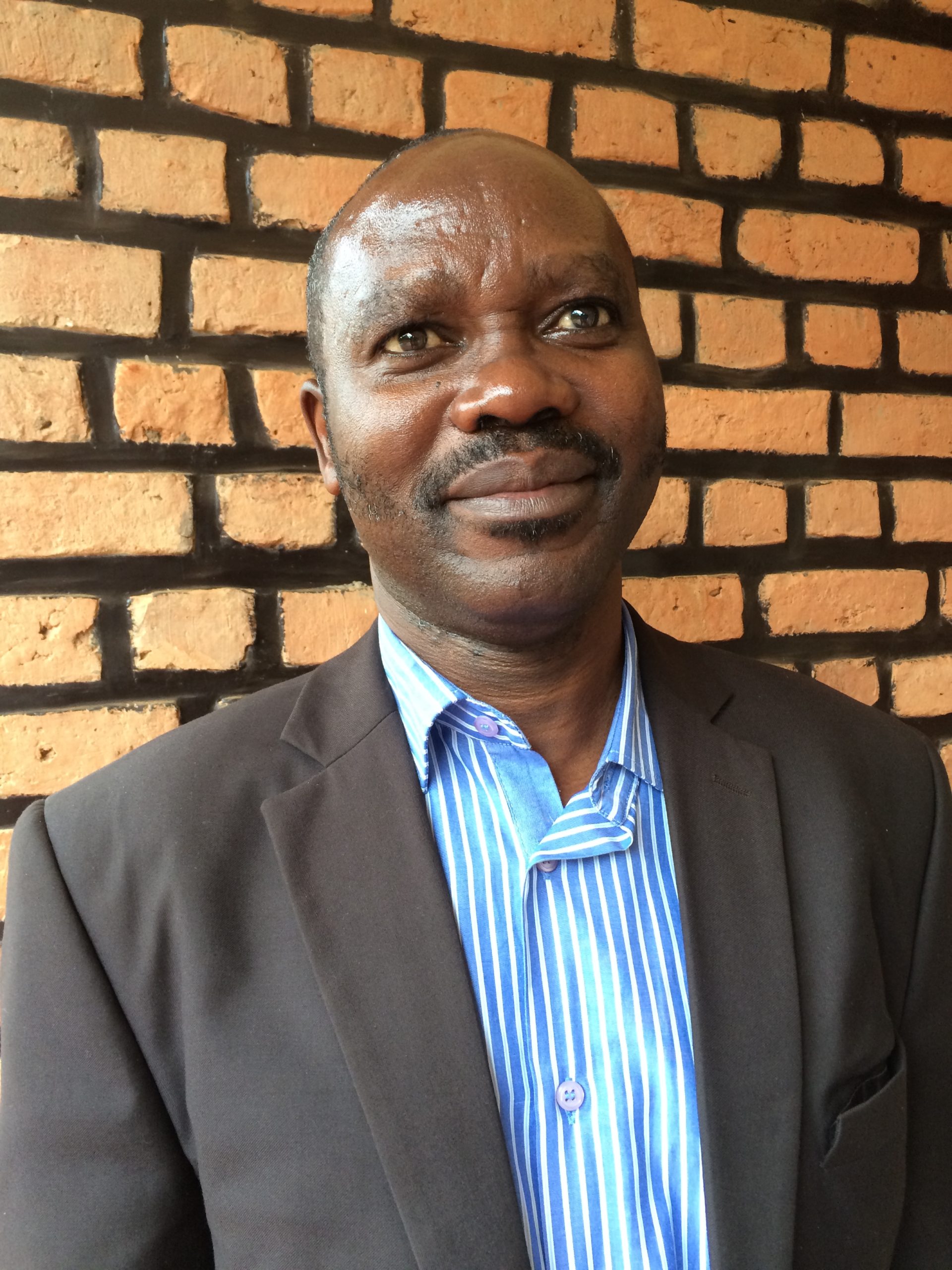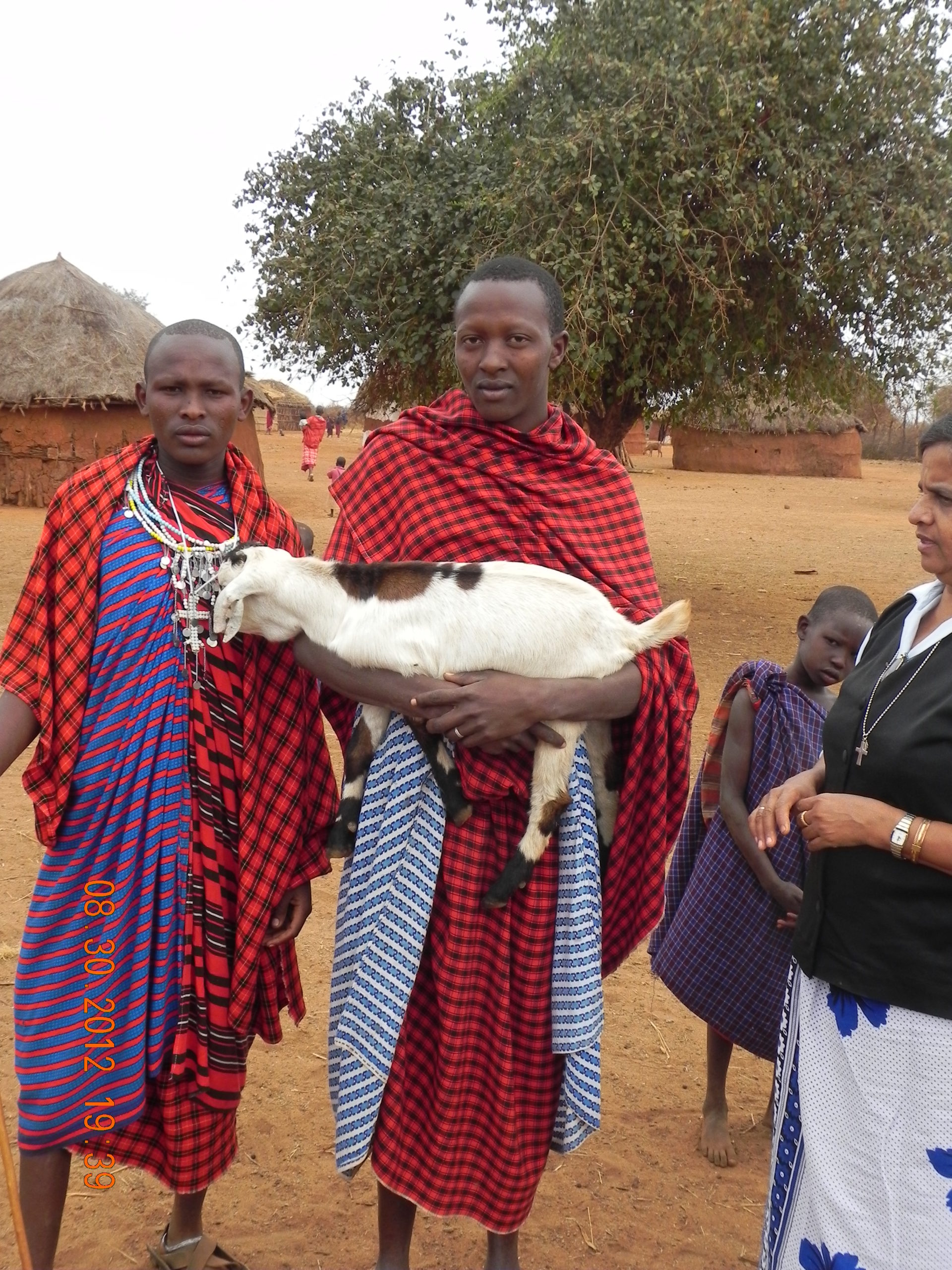TANZANIA


TANZANIA
Period of operation: 2010-2015
Number of Community Health Clubs: 193
Number of CHC members:15,440 (2013)
Number of beneficiaries: 92,640
Main Partner: Sisters of Notre Dame, Njiro Arusha
Main Donor: Village Network Africa
BACKGROUND
Report by Dr. Anita Boiling
The model used is adapted from Africa AHEAD (africaahead.org), who provided training materials and mentoring for the project. Lives of disease and poverty are changed through health education by volunteers of Village Network Africa (ViNA), a 501 3C non-profit.
Communicable diseases such as cholera, malaria, typhoid, bilharzia, schistosomiasis and worms are rampant in East Africa. Health promotion/disease prevention is taught through a series of topics using a picture based system in an interactive format. Many of the rural people are illiterate, so the visual aides are invaluable for CHC leaders to use in the classes they facilitate. The trained leaders begin their own classes after their education, overseen by our partners on the ground, an RN and social worker from the Sisters of Notre Dame in Njiro. In total, we have trained 60 women in Moshono ward and 40 men and women in Terrat ward in the Arusha district.
The education is structured so that understanding of disease causation and transmission is addressed first. Most of the people never learned about germs. We demonstrate germ transmission by pretending to sneeze with flour on our hands to give a visual of how airborne germs spread. Then we shake hands with them to illustrate how germs are passed by hands. Much discussion ensues and misinformation corrected. For instance, when we assessed the understanding of the cause of malaria, we were told the soft corn and mangoes cause malaria. Thinking about this, I realized the peak malaria season was when corn was soft and mangoes were ripe (they have corn dry on the stalk, so it is very hard and chewy when cooked.)
Other topics are water sources, water safety, sanitation, and the endemic preventable diseases. The water topics educate about which water sources are safe and how to prevent water contamination once obtained. Sanitation education is mandatory; many have no latrines, so urination and defecation occurs in outside living areas. The sanitation ladder teaches how to improve the situation by going “up the ladder” from open defecation to cat sanitation (burying it) and on to the different types of latrines.

Introducing Sexual Health in a CHC
ViNA developed a sexual health module after being informed by a clinical director (less education than an RN) that the subject was missing from our program but was the most common reason for clinic visits! The sexual health module generated much discussion about STI’s and female circumcision, a current practice of the Maasai tribe despite being outlawed nationally. The CHC students told us that female circumcision was necessary because otherwise women would stink, become prostitutes, not have enough room to deliver their babies, that the baby would be choked by the labia and the women would not be marriageable. The education may not have changed things overnight, but the discussion and number of questions indicated that beliefs were being challenged. A Maasai clinical director who translated for us was fabulous in debunking these beliefs in a culturally acceptable manner.
To understand the impact the education has had, we had some of the new trainers discuss how their lives were changed, see testimonials on the home page by two Masai Women.
